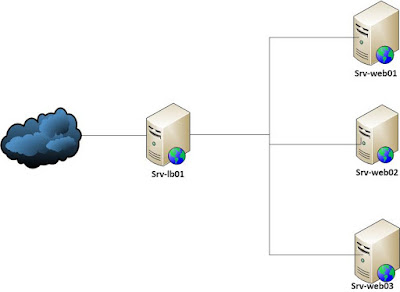Using nginx as http load balancer

Load balancing across multiple application instances is a commonly used technique for optimizing resource utilization, maximizing throughput, reducing latency, and ensuring fault-tolerant configurations. Nginx is a very efficient HTTP load balancer to distribute traffic to several application servers and to improve performance, scalability and reliability of web applications. Nginx Load balancing methods The following load balancing mechanisms (or methods) are supported in nginx: round-robin least-connected ip-hash See detail at http://nginx.org/en/docs/http/load_balancing.html Initialization Nginx Load Banlancing In this tutorial I use any hostname and ip addresses as follows: srv-lb01 (10.11.218.250) (Nginx load balancer) srv-web01 (10.11.218.251) ( Web server) srv-web02 (10.11.218.252) ( Web server) srv-web03 (10.11.218.253) ( Web server) Note: pointing nginx.vn to 10.11.218.250 (Replace nginx.vn with your real site name) Default load balancing c...